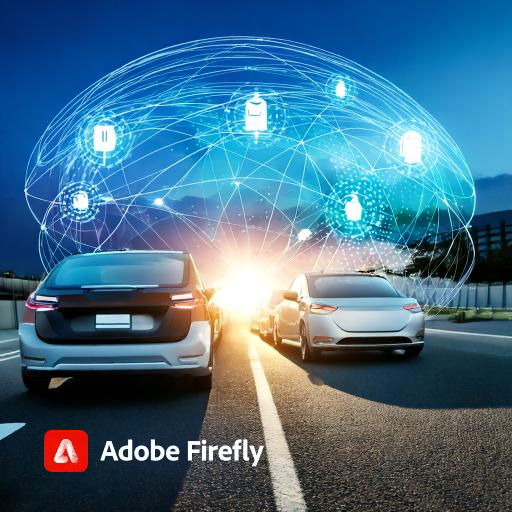Vehicle-to-Everything (V2X) is a technology that allows vehicles to communicate with their surroundings, such as other vehicles, traffic infrastructure, pedestrians, and even the cloud. This communication has the potential to greatly improve road safety and efficiency around the world.
The main goal of V2X is to reduce accidents, improve traffic flow, and make roads safer for everyone, including pedestrians. It achieves this by allowing vehicles to share important information in real-time, such as their speed, direction, and location.
There are two types of V2X solutions:
Hardware-based solutions: These use special communication modules installed in vehicles.
Software-based solutions: These use existing technologies, which make them more affordable and easier to implement.V2X can be used in several ways to improve road safety:
Vehicle-to-Vehicle (V2V): This allows cars to communicate with each other to avoid accidents, especially in situations like blind spots or at intersections.
Vehicle-to-Pedestrian (V2P): This helps keep pedestrians safe by alerting vehicles when people are nearby.
Vehicle-to-Infrastructure (V2I): Vehicles can communicate with traffic lights and road signs to improve traffic flow and reduce congestion.
Emergency Response: V2X can also speed up emergency services by providing real-time data to first responders.
Challenges and Solutions as V2X technology continues to develop, it faces challenges such as high-speed movement, dense traffic, and situations where GPS signals may not be available. However, C-V2X helps address some of these problems by enabling vehicles to communicate directly with each other, even when they are out of range of traditional infrastructure.
In conclusion, V2X is a groundbreaking technology that has the potential to make roads safer in Japan and around the world. As the technology continues to evolve, it will play a major role in improving road safety, reducing accidents, and creating more efficient traffic systems.



